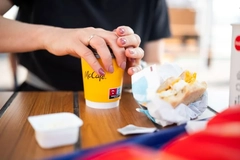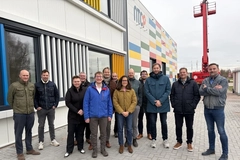Flexible plastic packaging: Industry insiders talk regulation and sustainability trends
Key takeaways
- Industry experts highlight how evolving EU and US regulations are driving innovation in recyclable and circular flexible packaging.
- Companies are developing monomaterial films, recyclable coatings, and digital tools to ensure compliance with frameworks like the PPWR and RecyClass guidelines.
- The industry shift moves beyond recyclability toward renewable, circular solutions, and integrating recycled content.
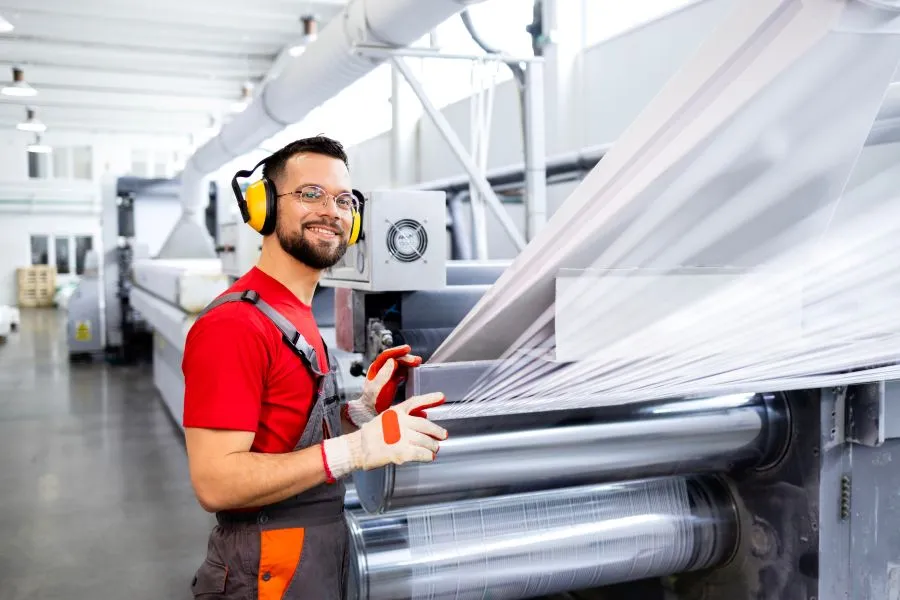
Packaging producers are focusing on innovation in recyclable, circular, and compliant flexible plastic solutions to balance performance with environmental responsibility, as regulatory and consumer pressure grows.
“Flexible packaging can be economical, versatile, durable, portable, and contribute to a smaller environmental footprint due to its light weight, as it contributes to reduced transportation and energy costs, lower GHG emissions, and greater efficiency throughout the supply chain,” Moira Stein, insights and strategy expert at US-based Berlin Packaging, tells Packaging Insights.
However, she points out that flexible packaging poses some challenges when it comes to recyclability. “Multimaterial flexibles, including combinations of plastic and foil, plastic and paper, and foil and paper, can complicate the recycling process because the different materials can’t be separated.”
She adds that most municipal curbside recycling systems cannot handle packaging films. “Some retailers will accept flexible packaging with in-store drop-off bins, however the US Flexible Packaging Association estimates only 5% of the film is collected through store drop-off for recycling.”
According to Stein, the “constantly evolving” government regulations around plastic packaging are an ongoing consideration among US packagers. “Eco-conscious brands need to be careful when selecting the right flexible packaging solution. There are opportunities for continued innovation around recyclable monomaterial flexible packaging, reusable pouches, and films made with recycled content.”
Henkel’s Carsten Bertram, head of Packaging Sustainability for Consumer Brands, and Philippe Blank, global head of Circular Economy for Packaging and Consumer Goods Adhesives, tell us that the regulations are also driving change in the production of flexibles in Europe.
“Trends are increasingly shaped by regulations such as the EU’s Packaging and Packaging Waste Regulation (PPWR). Key developments include design-for-recycling improvements and the use of recycled plastics, ensuring that recyclates can be reused in similar applications.”
Regulations in flexibles
Meanwhile, Achim Grefenstein, head of group R&D at Constantia Flexibles Regulation, tells us that the PPWR is “setting the direction for recyclability, even though it currently provides a framework rather than concrete details.”
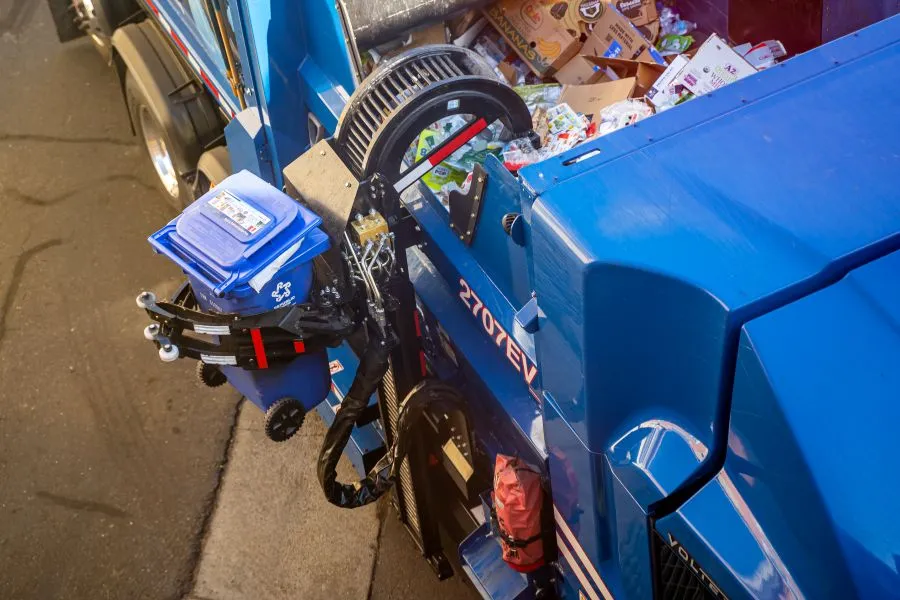 Many US municipal curbside recycling systems cannot handle packaging films.“The technical requirements and specifications that economic operators must follow to comply with the PPWR will only be defined in the next few years. This uncertainty is accelerating innovation as companies redesign their packaging to stay ahead.”
Many US municipal curbside recycling systems cannot handle packaging films.“The technical requirements and specifications that economic operators must follow to comply with the PPWR will only be defined in the next few years. This uncertainty is accelerating innovation as companies redesign their packaging to stay ahead.”
Grefenstein says Constantia Flexibles has already taken major steps. “Over 92% of our product portfolio is already recyclable or has a recyclable alternative. We have assessed our product portfolio and developed solutions that comply with recognized industry guidelines, including RecyClass, Cyclos HTP, APR, 4evergreen, and Cepi.”
Meanwhile, Bertram and Blank say that as part of Henkel’s Plastic Bond project, the company collaborated with partners and RWTH Aachen University, Germany, to facilitate reuse with post-consumer flexible plastics in stand-up pouches with “high” recyclability.
Henkel also supplies laminating adhesives and coating solutions, said to enable monomaterial structures and multilayer constructions compatible with recycling processes, supporting circularity and high recyclability performance.
Aicomp, an IT company offering software solutions for packagers, says it also helps clients manage compliance. “Cubicus offers industry-specific product configuration as a cloud-based SaaS solution for packaging manufacturers of all sizes.”
The co-head of Software Solutions at Aicomp, Matthias Waltz, adds: “Cubicus empowers smaller businesses and large enterprises to benefit from advanced digital capabilities, without the complexity or cost barriers typically associated with traditional ERP customization.”
“With its scalable architecture and clean-core-compliant integration to SAP S/4HANA Public Cloud and other ERP systems, Cubicus supports fast implementation and long-term flexibility.”
Ensuring recyclability
Katja Killian, business development director for Flexibles at Coveris, argues that environmental considerations are behind the “significant change” in flexible packaging.
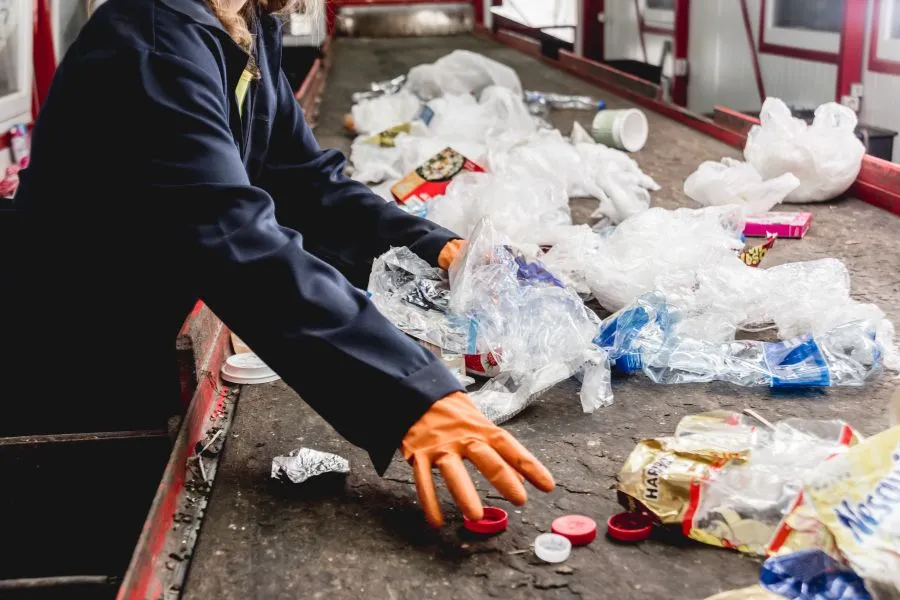 Multimaterial flexibles can complicate the recycling process while nanomaterials can support it.“Across the industry, the focus has shifted from lightweighting toward designing fully recyclable structures and integrating recycled content at scale. At Coveris, this is reflected in innovations like SleeveFlexR Stretch, a recyclable sleeve containing up to 75% recycled content produced from our in-house ReCover recycling facility.”
Multimaterial flexibles can complicate the recycling process while nanomaterials can support it.“Across the industry, the focus has shifted from lightweighting toward designing fully recyclable structures and integrating recycled content at scale. At Coveris, this is reflected in innovations like SleeveFlexR Stretch, a recyclable sleeve containing up to 75% recycled content produced from our in-house ReCover recycling facility.”
“Similarly, FilmLiteR Stretch offers a fully recyclable pallet wrap with over 30% recycled content, optimized for safe transport in the beverage sector.”
Demand for renewable energy use, closed-loop recycling, and carbon reduction has accelerated, she explains. “These trends have evolved rapidly over the past few years as legislation and consumer expectations converge, making sustainability not only a differentiator but a baseline requirement.”
Bertram and Blank point out that recyclable coated paper is emerging as an alternative for specific applications. “Henkel is working with converting partners to develop coatings that functionalize paper flexibles and enable the transition from plastic, evaluated in our paper recyclability lab to ensure compatibility with standard recycling streams.”
Constantia Flexibles’s Grefenstein adds: “While we can design for recycling, actual recycling rates depend on collection and sorting systems, which vary widely by region. There’s also growing regulatory pressure and consumer demand for sustainable solutions, which means the industry must innovate faster than ever.”
The company aims to tackle this issue by “designing packaging for circularity, collaborating across the value chain, and offering a 360-degree material approach to our customers.”
Killian asserts: “The next chapter for flexible plastic packaging is about moving beyond recyclability to embrace renewable, recyclable, and circular solutions that tackle both packaging and food waste.”

